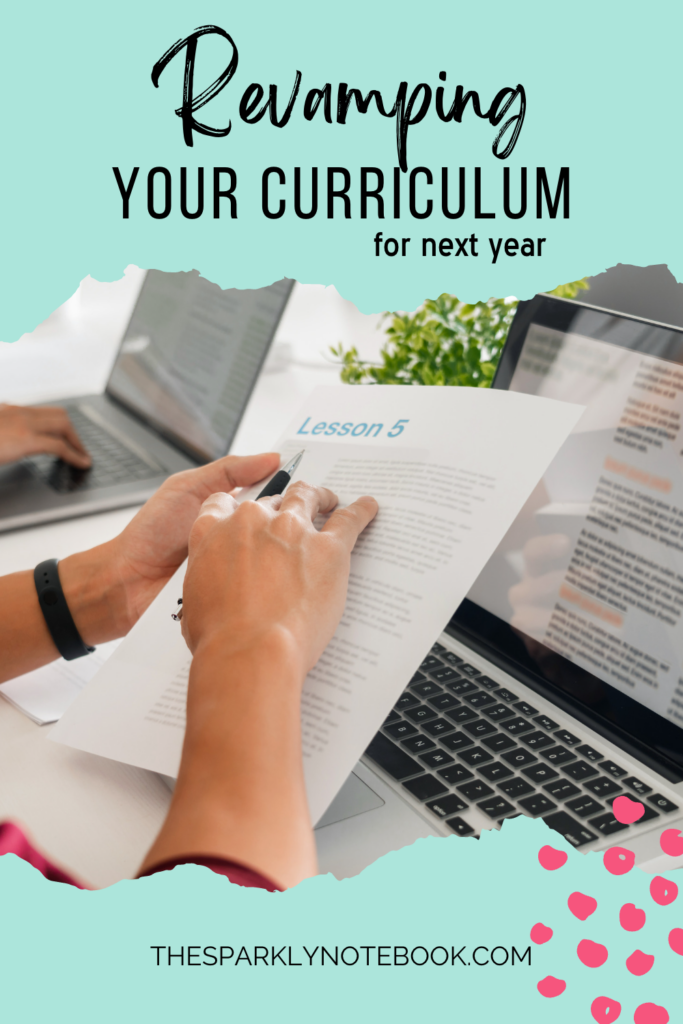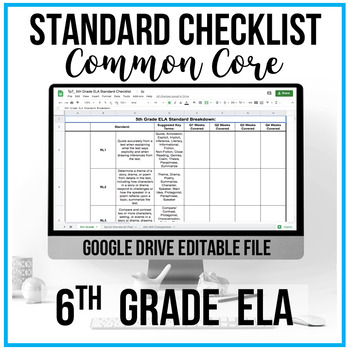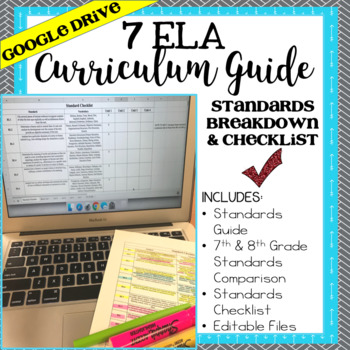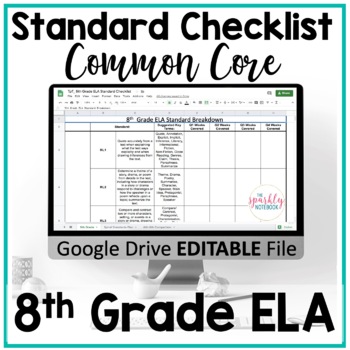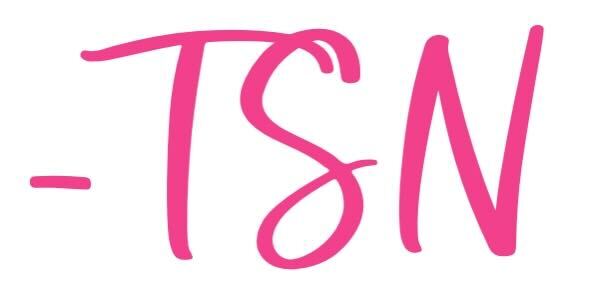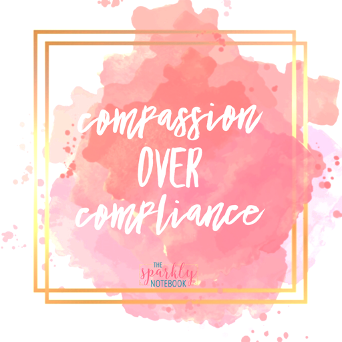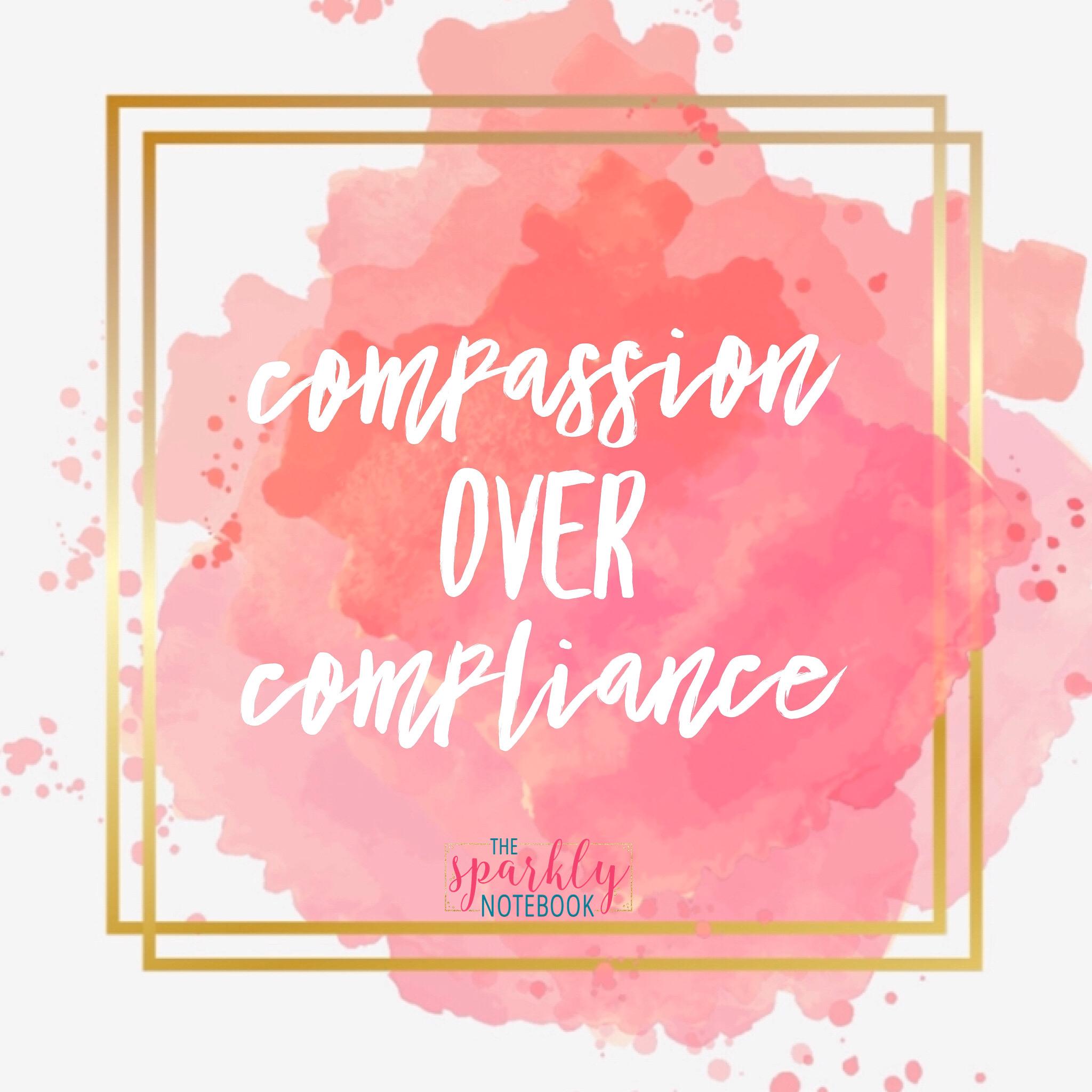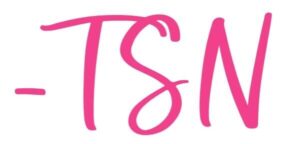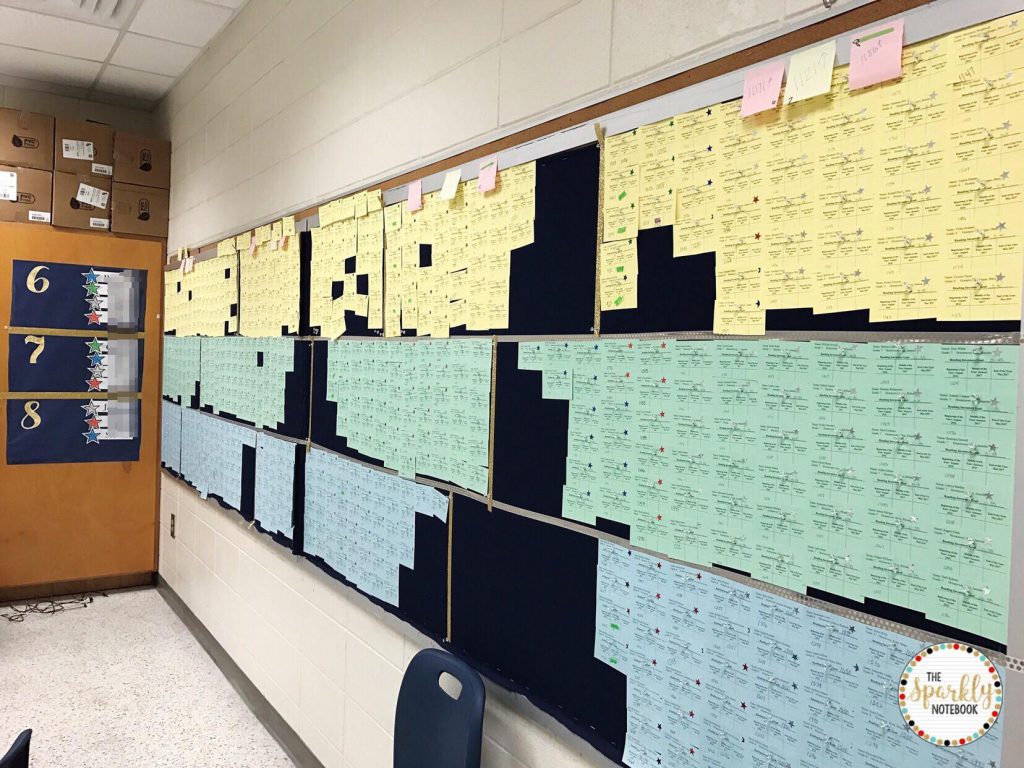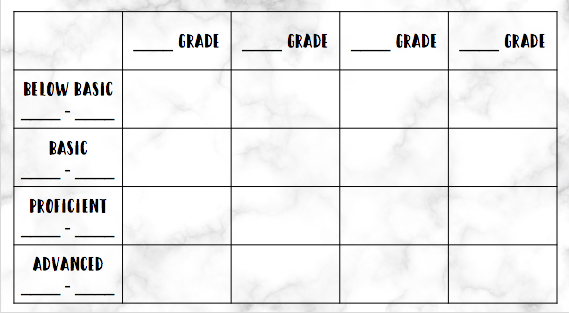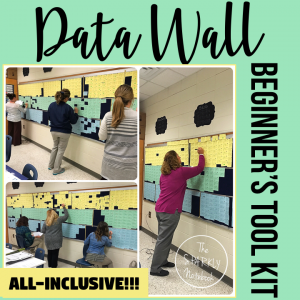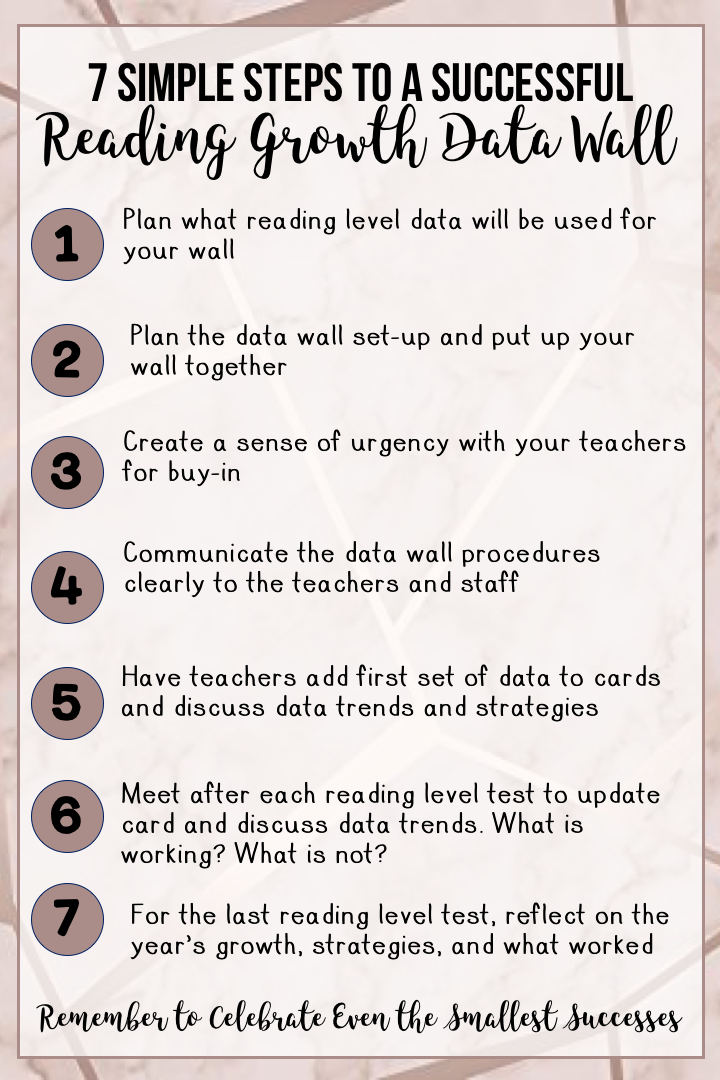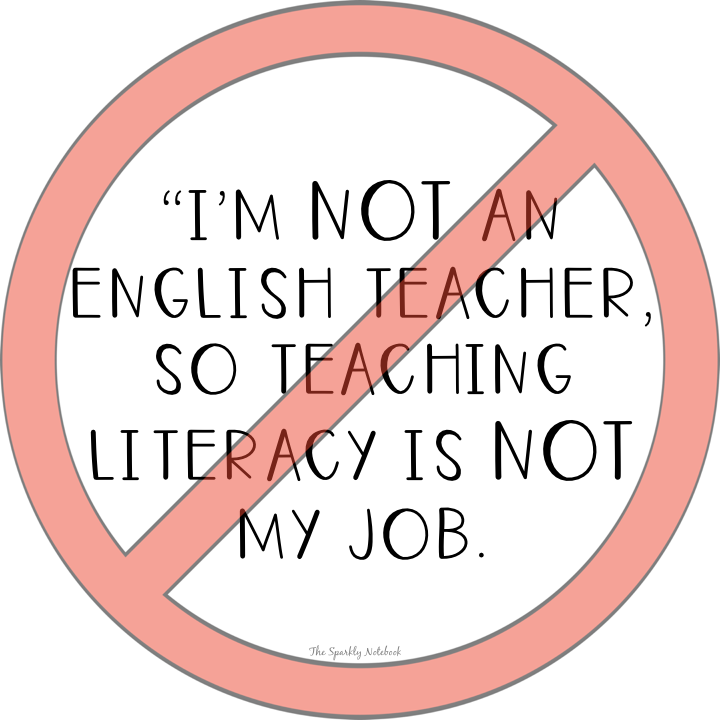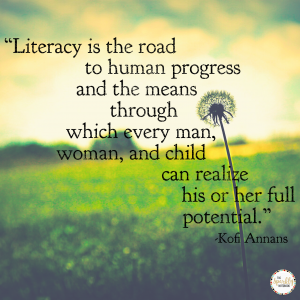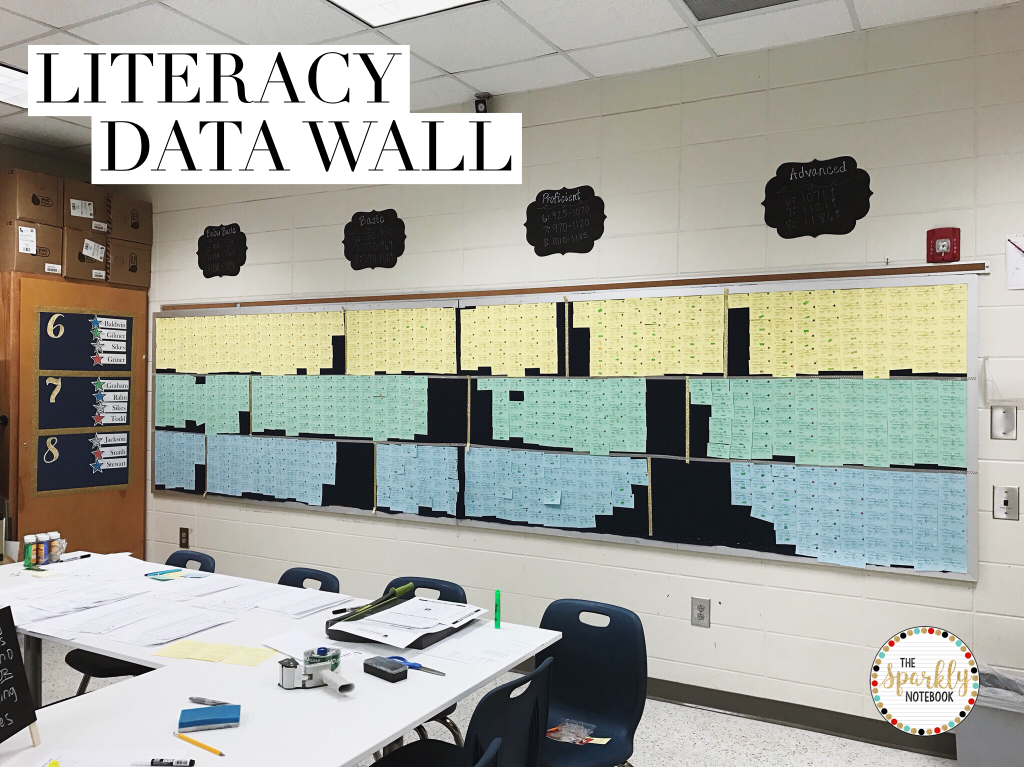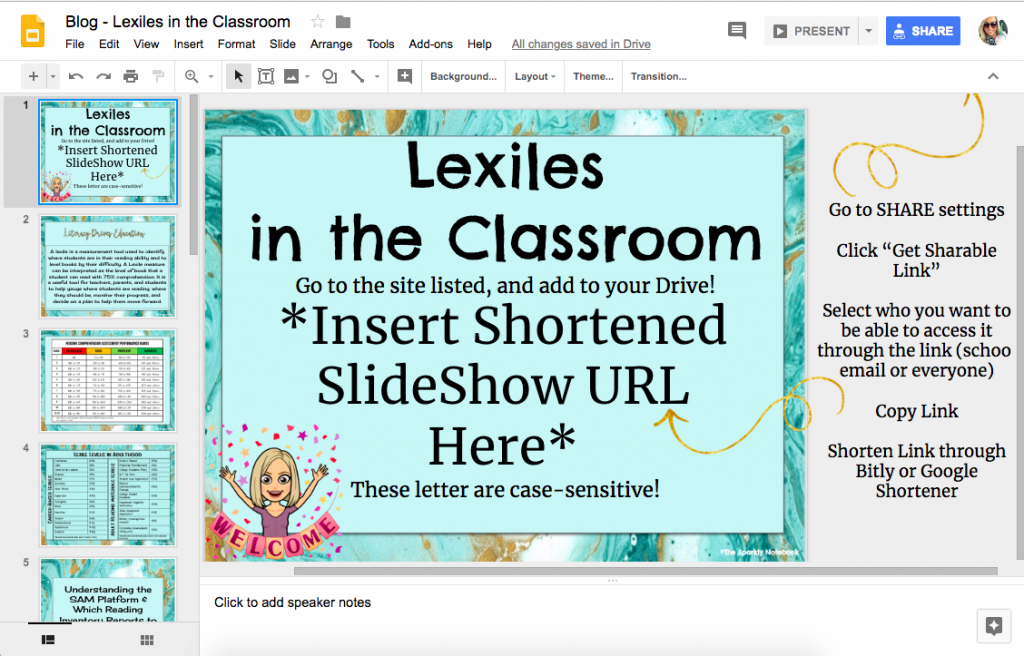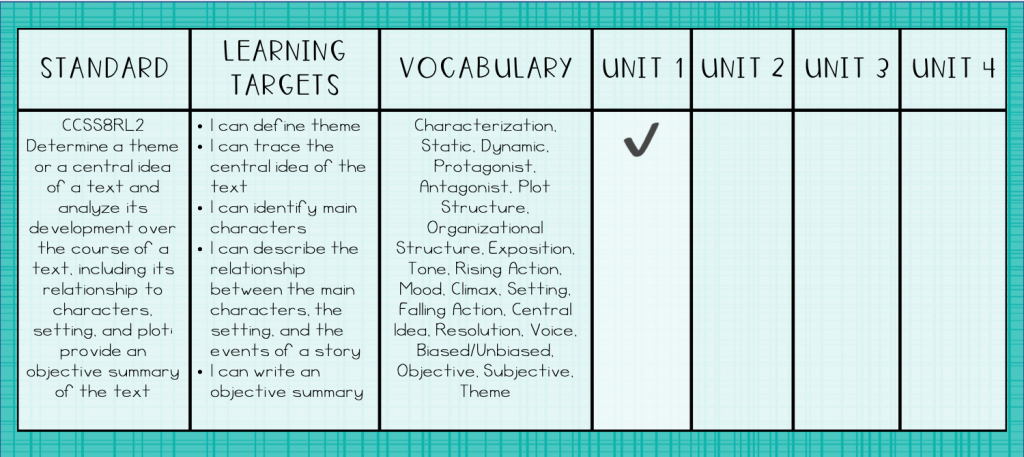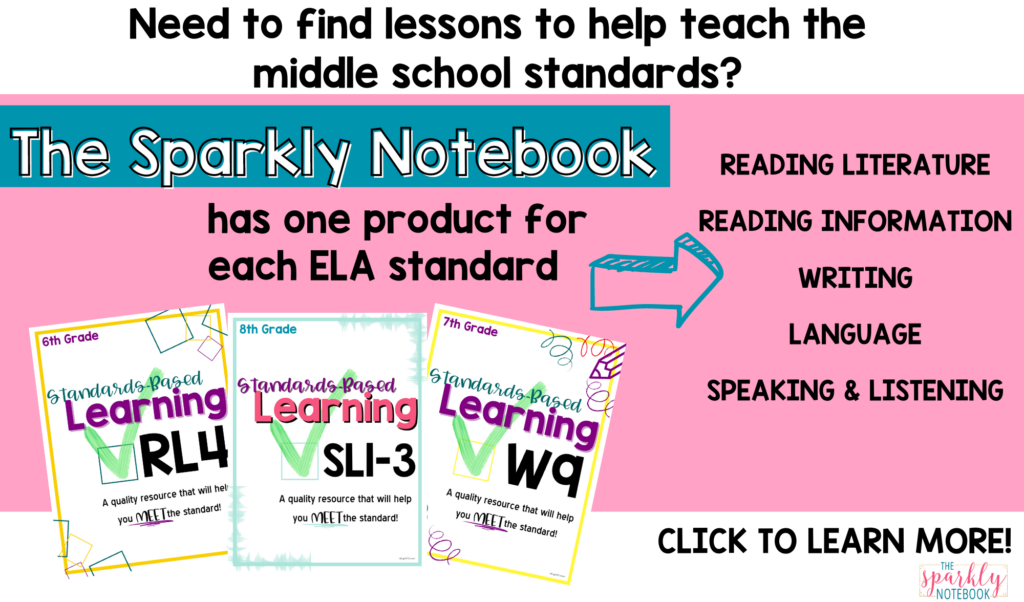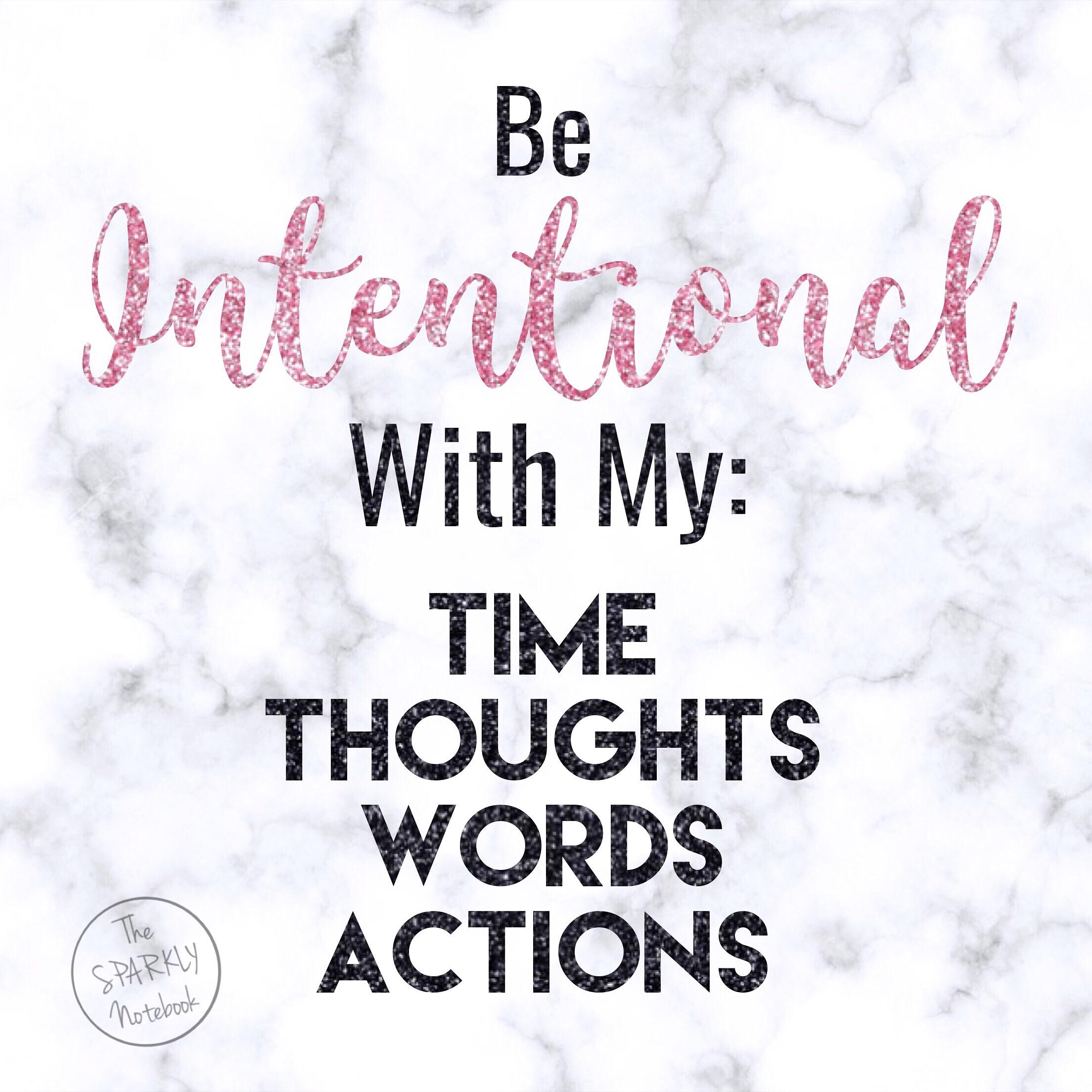Self-development is ongoing, and as teachers, we are always looking to gain a little more control and comfort. Today, we’re discussing three self-development books for new teachers to help you start off the school year with purpose and a plan!
As teachers, we all know the value of learning and working hard to set and meet goals.
We also know that growth is ongoing, and despite our best efforts, it is never done.
As a teacher, I find it often very helpful to step outside of the typical teacher role and engage in self-development (self-improvement) that is not necessarily teacher-related.
We do a lot of work in school about self-development related to who we are as teachers, but we also have lives outside of teaching that need tending to.
Today, let’s discuss some books that come highly recommended that you might decide to read (or listen to) as you work on self-development outside of school.
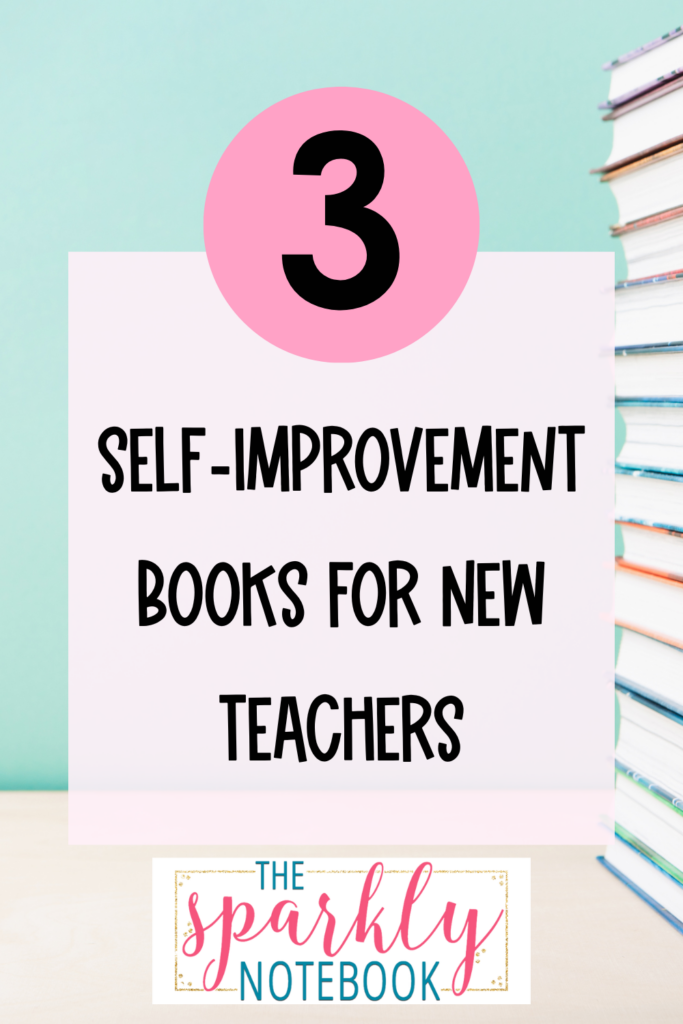
Book #1 | Atomic Habits by James Clear
If you have some bad habits you’ve been wanting to break or some good habits you’ve been wanting to start, then this book is perfect for you!
James Clear uses Atomic Habits to explore the psychology of developing and breaking habits. Did you know that some of your worst habits are most likely tied back to some of your daily activities, or maybe even some completely unknown triggers, like walking into a room or driving home from school using a specific route?
Our habits are closely tied to the activities that happen before and after them, so to break the habit (or start a new one), we need to stop the triggers.
Learn about this and more as you read (or listen to) Atomic Habits!
Book #2 | Daring Greatly by Brene Brown
We’ve talked about this one before, but it is still relevant.
This is a book that helped me look at the world and myself differently, and it also made me think differently about conversations I have with coworkers and students.
In Daring Greatly, Brene Brown talks about how being clear is kind and the importance of honesty and vulnerability.
If you want to get a little sneak peek into this book before diving right in, check out the Netflix special called The Call to Courage.
Book #3 | The Miracle Morning by Hal Elrod
This book is eye-opening in so many ways, and not just because it discusses all the things that you can accomplish before 8 a.m.
Hal Elrod’s perspective on what it means to prepare for your day will have you wishing you were a morning person because, oh my goodness, he makes it sound enticing.
Hal has such an interesting way of looking at the world and tasks. Although he talks a lot about what happens in the morning, there are many other ways to implement the same sentiments in other parts of life.
I love this book for teachers because the suggestions he makes are all about the ‘before school’ time in our lives. He isn’t asking you to change what happens after school; it is all about those hours before you get your day going and how changing those hours can change your whole day.
Hopefully, you’ll pick up or download one of these books, and if you do, we’d love to know what you think!
What books are on your self-development list this year?
Have a great day!
